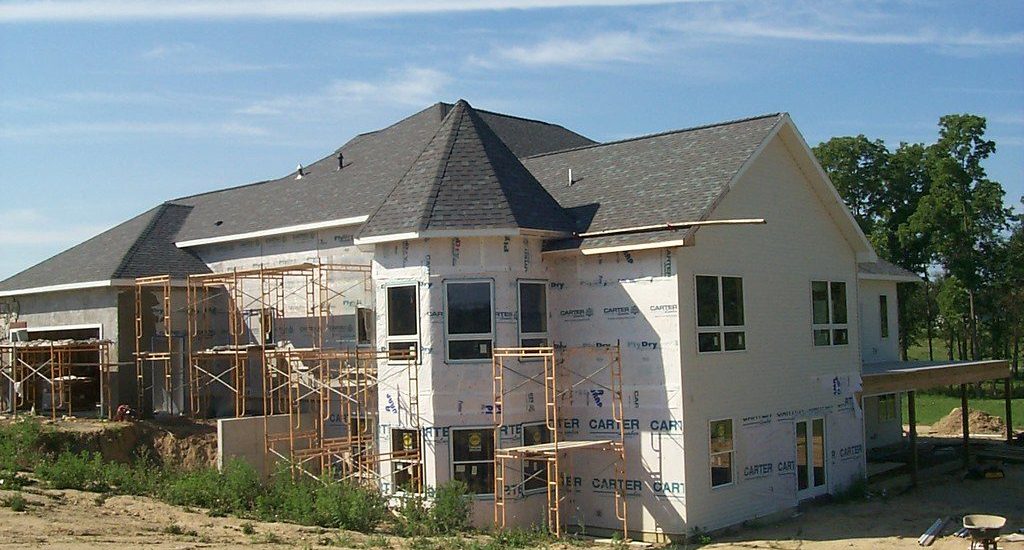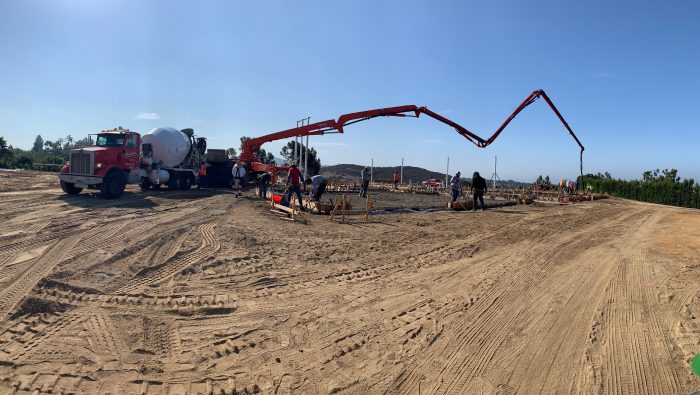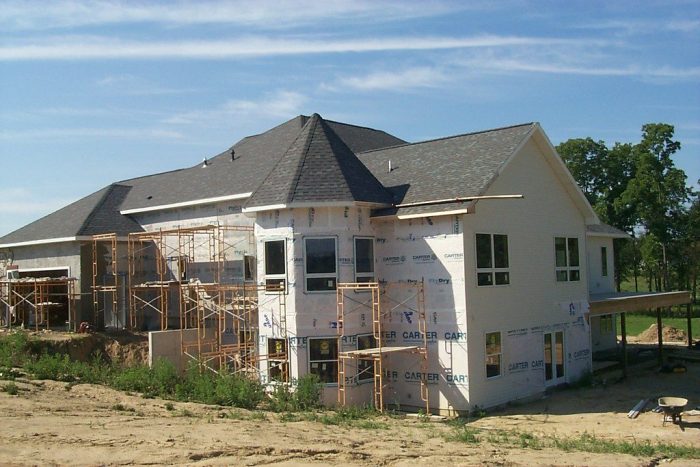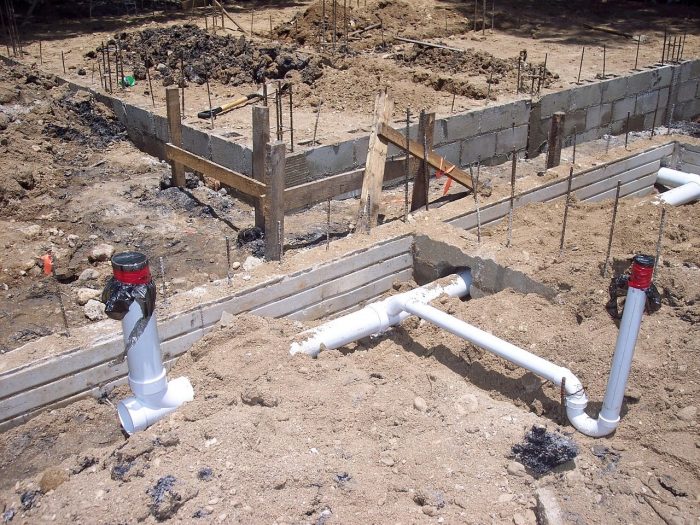



Building a custom home is an exciting yet complex journey that requires careful planning and patience. One of the most common questions future homeowners ask is, “What is the average time to build a custom home?” While there is no one-size-fits-all answer, the process typically takes anywhere from ten months to over two years, depending on various factors.
The length of time depends on a variety of elements, including design complexity, permitting delays, material availability, and unpredictable weather conditions. Understanding these factors can help set realistic expectations and ensure a smoother experience. This article breaks down the average time to build a custom home, exploring each phase and offering insights to streamline the process.

The construction timeline for a custom home varies, and several key elements influence the overall duration.
A home with an elaborate architectural design, unique structural elements, or customized finishes will naturally take longer to complete than a simpler design. Custom-built homes with intricate layouts require more extensive planning, engineering, and specialized labor, contributing to a longer timeline.
The condition of the land is another major factor. If the lot is undeveloped, it may require grading, tree removal, or soil testing, all of which can add weeks to the overall timeline. A lot that already has access to utilities and requires minimal preparation will help speed up the process.
Securing the necessary permits is often one of the most time-consuming steps in building a custom home. Depending on the jurisdiction, permit approvals can take anywhere from a few weeks to several months. Understanding local regulations and starting the permitting process early can help prevent unnecessary delays.
Construction projects are highly dependent on weather conditions. Extreme heat, freezing temperatures, heavy rains, or storms can cause unexpected delays, particularly during critical phases like foundation pouring and framing.
Material shortages and labor constraints have become more common in recent years, adding to construction delays. If key materials such as lumber, concrete, or custom finishes are back-ordered, it can slow down the process. Additionally, skilled labor shortages in high-demand markets can affect how quickly each stage of the build progresses.

Before construction begins, an extensive amount of preparation takes place. The planning and design phase typically lasts between three to six weeks, during which homeowners work closely with architects to establish the vision and budget.
The schematic design phase, where architectural plans begin to take shape, takes another six to ten weeks. Design development follows, lasting four to six weeks, refining layouts and selecting materials. Once plans are finalized, securing permits can take anywhere from eight to sixteen weeks or longer depending on the municipality.
Once permits are secured and the site is prepared, the actual construction begins. Foundation work typically takes one to two months, and once complete, the framing stage follows, lasting two to four months. This is when the structure of the home takes shape.
After framing, mechanical, electrical, and plumbing (MEP) systems are installed over the course of two to three months. Next, insulation and drywall are added, taking another one to two months. The interior and exterior finishing phase is one of the most time-consuming, lasting anywhere from two to four months, as flooring, cabinetry, and final details are completed. Landscaping and exterior work generally take an additional one to two months.
Before moving in, a series of inspections must be completed to ensure compliance with building codes. This process can take two to four weeks, depending on local requirements. Once everything is approved, the certificate of occupancy is issued, allowing homeowners to move in and enjoy their new custom home.
Real-world examples illustrate just how much the average time to build a custom home can vary. The SoLo House in British Columbia utilized prefabricated construction techniques to speed up the build, whereas journalist Melanie Reid’s home took over six years due to planning issues and financial constraints. These examples highlight the importance of strategic planning and flexibility.
To reduce the time it takes to build a custom home, homeowners should focus on meticulous planning, hiring experienced professionals, and securing permits as early as possible. Choosing prefabricated or modular components can also help accelerate construction. Effective communication with contractors and suppliers ensures that everyone is aligned, reducing the risk of setbacks.
While some delays are unavoidable, anticipating potential challenges and having contingency plans can make the process smoother. Working with a knowledgeable builder who understands the local permitting process and material supply chain can make a significant difference in keeping the project on track.
The average time to build a custom home varies depending on multiple factors, including design complexity, permitting delays, and labor availability. Most custom homes take between ten months to over two years to complete. By understanding the timeline, preparing for possible delays, and working with experienced professionals, homeowners can ensure a more efficient and stress-free building process.